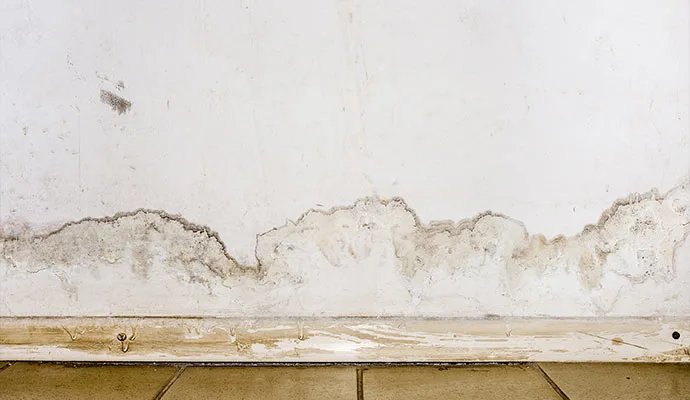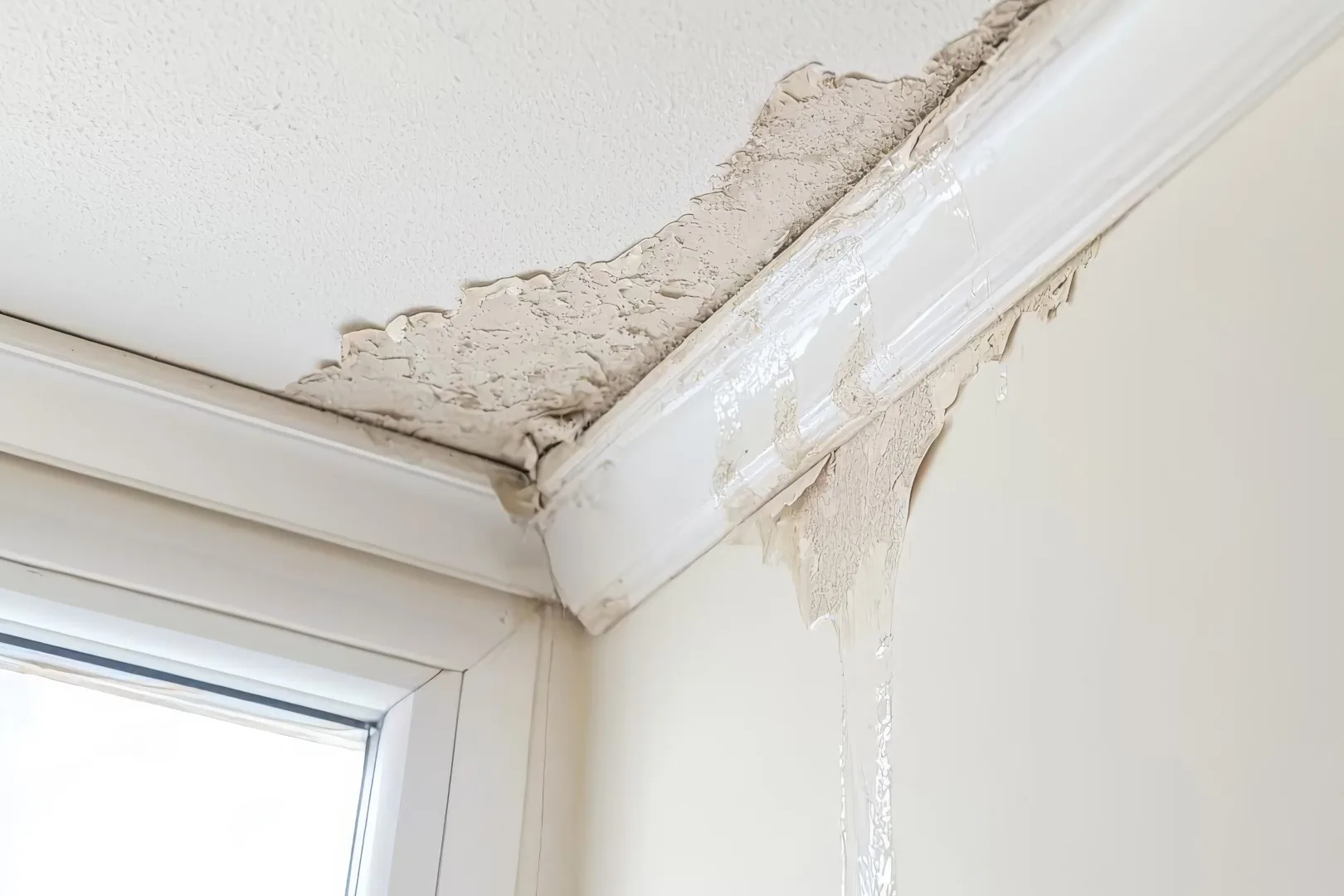
Mold is a natural part of the environment. But even though it is naturally occurring, you still don’t want to discover mold growing in your home as it can lead to health issues and costly repairs. But how do you know if there is mold in your home? There are a few signs to look out for that could suggest you have a problem.
An Unpleasant Smell
Have you noticed a dampy, musty odor seemingly emanating from the walls or floors of your home? If this earthy smell, reminiscent of wet socks or rotten wood, is lingering around, especially in your basement, bathroom, or near the HVAC system, this may be a sign that you have mold growing in the structure of your home.
Mold has tiny spores that help it reproduce and thrive in damp conditions. It emits gasses as it grows, which means its smell can change throughout its lifecycle. This is why it is important to get your home checked for mold as soon as you discover any kind of lingering, damp smell.
Moisture Issues
Have you recently discovered a leak or experienced an issue such as flooding or a burst pipe? If so, there is a good chance you have a mold problem, especially if your water issues went undetected for a period of time. While it is important to have the initial leak or problem fixed and the water cleaned up, don’t forget to watch for mold as this could further destroy the structure of your home and lead to additional repair costs.
Other moisture issues include damp basements and or crawl spaces, wet clothes drying inside, a clothes dryer venting indoors, or improper ventilation of cooking or heating appliances. It is important to make sure appliances, spaces, and clothes all have proper ventilation and can dry properly. If you discover any issues with ventilation and air flow in your home, you may consider getting it checked for mold.
Health Symptoms
Another sign of a mold problem is lingering health problems or allergies. If you experience allergy-like symptoms, such as sneezing, coughing, itchy eyes, or a runny nose, that worsens in certain areas of your home, this could mean you have a mold problem. Other health issues that could occur from mold exposure is throat irritation, difficulty breathing, headache, and throat irritation (rash).
It’s important to note that those with underlying health issues, especially respiratory problems, could be more sensitive to mold and experience worse or lingering sickness and allergic reactions.
Visual Clues

Often mold can go undetected, but there are some visual signs you could have mold growing in your home. Wallpaper or paint can start to warp and bubble if there is moisture present. If you notice strange changes in the structure of your walls, this could be a sign that you have a water problem and a potential mold issue.
Unusual gunk in the grout of your shower tiles could also be a sign of mold issues. Most tiles are resistant to mold growth, but mold can grow underneath and show through to the surface.
Mold can appear as black, green, white, or gray spots on surfaces; yellow or brown stains on drywall or ceilings; or dark patches around vents or air ducts. It can show up as powdery, fuzzy, or slimy. Some mold spots may also appear and disappear throughout the day. Any strange textures or weird colors on surfaces in your home should be treated with caution.
Strange Pet Behavior
Like humans, animals can also be negatively affected by mold growing in your home. Dogs tend to sniff around areas that include mold, so they may quickly become sick or show signs of allergies. If you notice your pets acting lethargic, coughing, wheezing, vomiting, having difficulty breathing, or not eating as well, and your vet can’t pinpoint a reason why, they could be sick from mold.
Some molds are poisonous to pets, so make sure you take care of any moisture issues quickly if you have a furry friend at home.
Treat Mold Issues Quickly
Mold can be dangerous for you and your family. It can cause lingering health issues and cause issues to the structural integrity of your home. If you notice small patches of mold, you may be able to get rid of it yourself with at-home solutions, but if you have a serious issue or are worried about the safety and health of your family, it is best to call a professional. Don’t let mold take over your home and endanger the health of the people you love.
